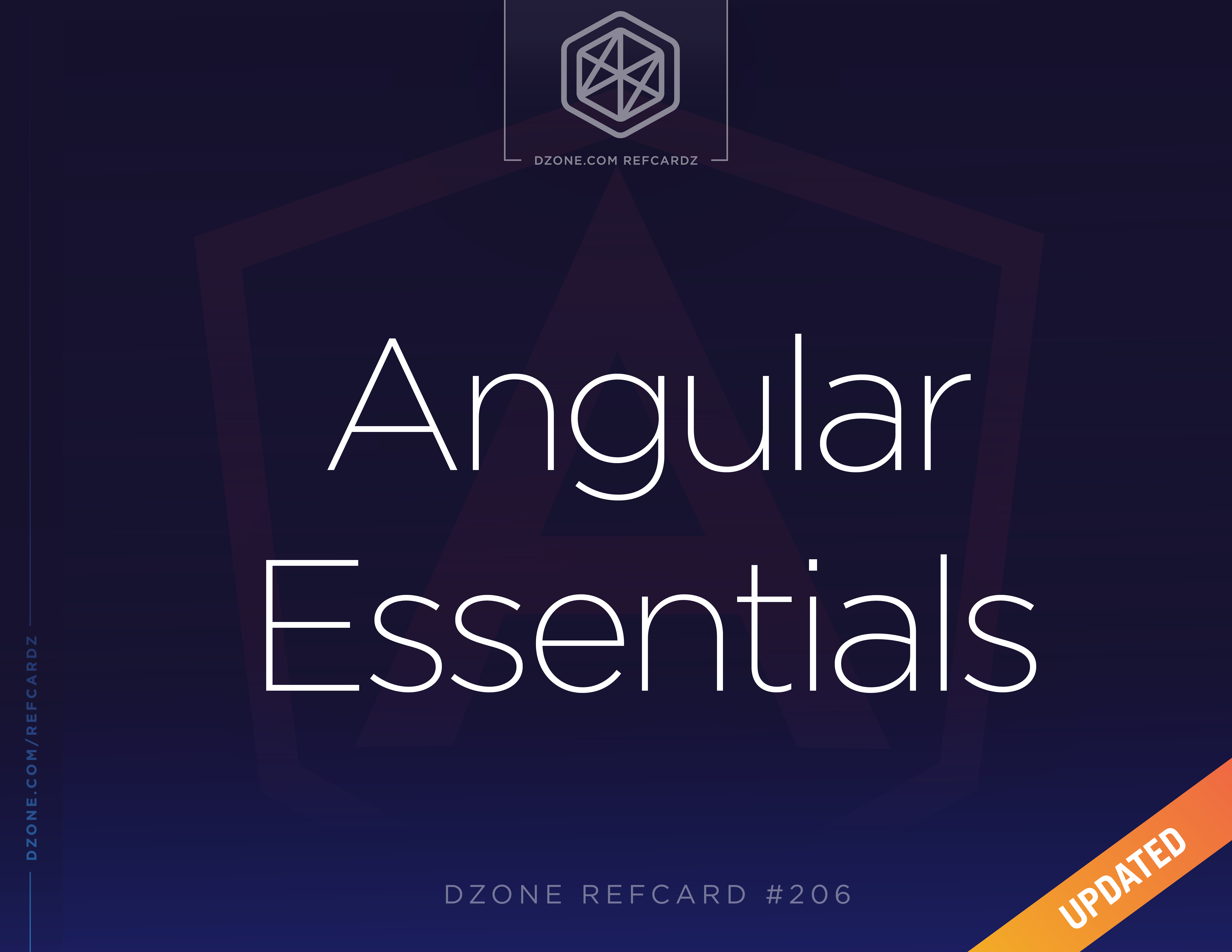Cheat Sheet Angular
- Angular Material Cheat Sheet
- Angular Cheat Sheet Github
- Cheat Sheet Angular
- Typescript Cheat Sheet Pdf
- Angular Cli Cheat Sheet
Angular Material Cheat Sheet

Angular Cheat Sheet Github

Cheat Sheet Angular
But how do these top 10 vulnerabilities resonate in an Angular application? This cheat sheet offers practical tips on five relevant items from the OWASP top 10. Subscribe to the cheat sheet series. When subscribing, you can choose to only receive cheat sheet updates, and nothing else.
- A few weeks ago, I wrote started a two-part series documenting cheat sheet codes for Angular 6. Here is the link to part I. It is noteworthy to remember this applies majorly from Angular 2 to the.
- Documentation to help you build high-quality AngularDart apps, using Dart tools and libraries.

Typescript Cheat Sheet Pdf
 This looks like a good resource. But number 28 is wrong:
This looks like a good resource. But number 28 is wrong:> Always have a ‘.’ in your ng-models which insuresprototypal inheritance.
Angular Cli Cheat Sheet
That isn't what that does. The egghead.io Angular videos also get this wrong. I really think that the vast majority of Angular programmers don't really understand how its scoping works. I've ranted about this before [1], it's just ridiculously complex.
Some scopes inherit prototypically from their parents, and others don't, and you can't tell or affect it from the markup. The dot just means you're referring to a property of an object on the scope. If the object is somewhere in the scope inheritance chain, two directives attached at different points in that chain can share data by pointing to the object. If the object isn't there, what the name points to is actually non-deterministic. Ng-model silently creates it, and the point in the chain at which it creates it depends on which directive wanted to write to the property, which might depend on the order in which the user interacts with the different elements on the page.
[1]: http://larseidnes.com/2014/11/05/angularjs-the-bad-parts/
